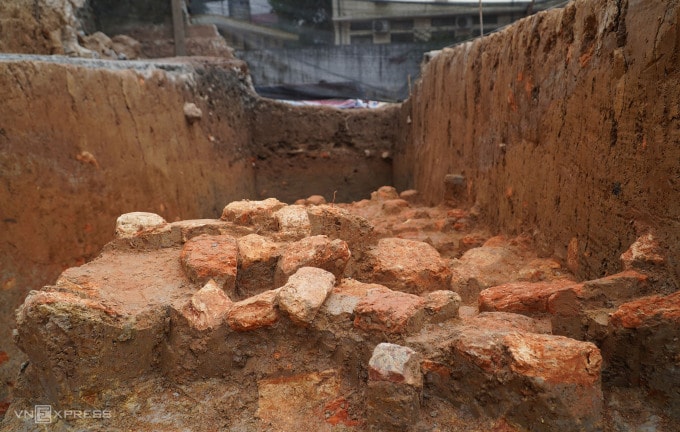
In mid-December, Mr. Nguyen Tu Quy in Tan Hoa village, Truong Yen commune, Hoa Lu district ( Ninh Binh ), dug the foundation to build a house for his second son on the family's residential land plot of more than 100 square meters. During the construction, the group of workers accidentally dislodged a section of earthen embankment mixed with red bricks suspected to be the ancient Hoa Lu citadel wall.
The local government and the cultural sector then asked the family to stop construction so that the Institute of Archaeology could conduct an archaeological excavation. Over the past week, researchers have dug three excavation pits and discovered five layers of the wall structure.
That is the layer of reinforcement at the foot of the wall (at a depth of 3.46 m) made of ironwood piled with gray clay on top to create the foot; a layer of shredded tree branches to prevent subsidence and slipping; next are layers of clay and brick walls arranged quite standardly... The brick wall combined with wooden piles and layers of filled soil form a solid whole.
Relics found in the excavation pits are mainly broken bricks. There are two groups of bricks: gray bricks, some of which have the words "Giang Tay Quan" or "Giang Tay Chuyen" printed on them, dating back to the 8th-9th century. The second type of bricks are red bricks, some of which have the words "Dai Viet Quoc Quan Thanh Chuyen" printed on them, which are the type of bricks used to build the capital at that time, and also date back to around the 10th century.
On December 31, Ms. Vu Thanh Lich, Deputy Director of the Department of Culture and Sports of Ninh Binh province, said that up to now, the Hoa Lu citadel wall area has been excavated and surveyed three times. The results of this excavation continue to confirm the technique of building the Hoa Lu citadel wall in the 10th century.
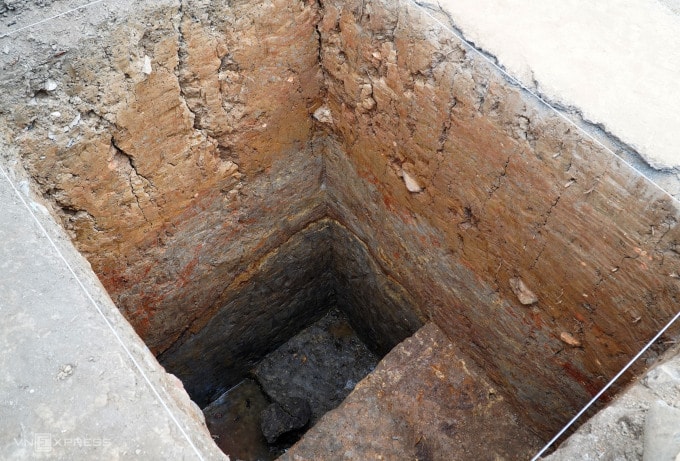
From the results of field research, archaeologists have a common opinion that the artificial walls in Hoa Lu were all built on low-lying, swampy ground, so they all used the technique of spreading wooden bars combined with piles to prevent landslides.
The citadel walls were built in the shape of a fish or a trapezoid, in which the outer roof was often steeper than the inner. This type of citadel construction technique was also discovered in La Thanh, Thang Long (Hanoi) and is considered to be quite similar to the technique of building and creating the bones for the citadel walls by the Cham people at the Tra Kieu citadel site ( Quang Nam ).
"The excavation results have provided new documents that contribute to clarifying the citadel wall and the construction process of Hoa Lu citadel wall, and also contribute to consolidating more complete data about Hoa Lu capital under the Dinh - Tien Le dynasty in the 10th century," said Ms. Lich.
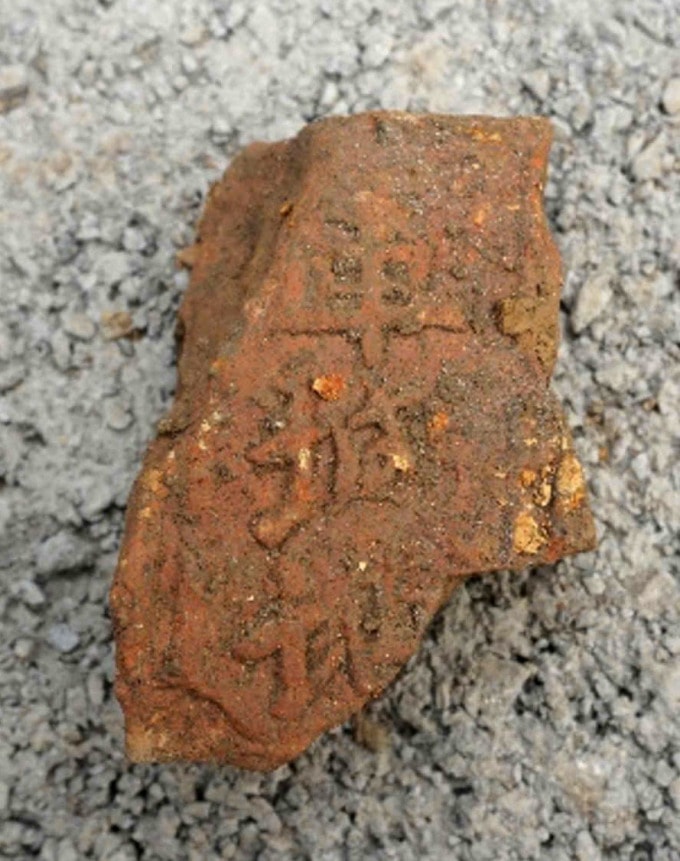
According to Ms. Lich, due to the hasty excavation and lack of time, many important questions about Hoa Lu citadel walls remain unanswered. For example, whether the northeast citadel wall and other artificial wall sections were used only once, and what their actual role was in the capital.
Therefore, scientists proposed that Ninh Binh province continue to develop a project and action program to conduct more in-depth research on the scale, techniques, distribution space and construction methods of the citadel wall in Hoa Lu Ancient Capital. These studies will provide additional important documents, helping to recreate the appearance of the citadel walls and the road leading to Hoa Lu capital during the Dinh - Tien Le period.
Hoa Lu district authorities and Ninh Binh province authorities are considering the possibility of relocating 12 households living near the foot of Cot Co mountain, where traces of Hoa Lu citadel wall were discovered, to develop a conservation plan.
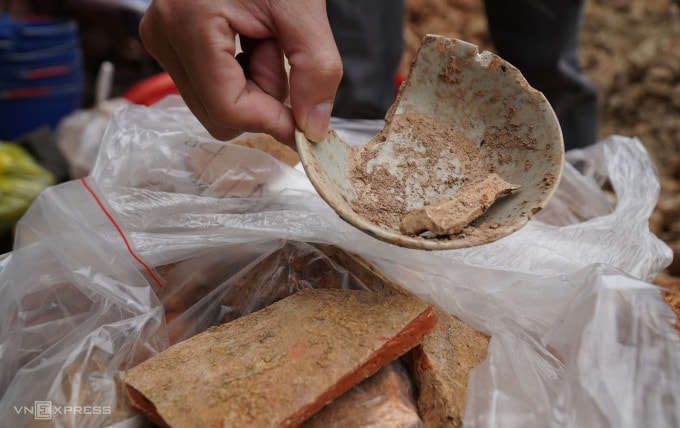
Hoa Lu was the first capital of Vietnam under feudalism, existing during the period 968-1010 with three consecutive dynasties: Dinh, Tien Le and Ly, before King Ly Cong Uan moved the capital to Thang Long.
The following dynasties, Ly, Tran, Le, Nguyen, although no longer established the capital in Hoa Lu, still renovated and built many architectural works here such as temples, mausoleums...
The location where the traces of the citadel wall were recently discovered is about 1.5 km from the current central area of Hoa Lu Ancient Capital.
TB (according to VnExpress)Source: https://baohaiduong.vn/phat-hien-dau-tich-thanh-co-hoa-lu-khi-dao-mong-nha-401925.html



![[Photo] Students of Binh Minh Primary School enjoy the full moon festival, receiving the joys of childhood](https://vphoto.vietnam.vn/thumb/1200x675/vietnam/resource/IMAGE/2025/10/3/8cf8abef22fe4471be400a818912cb85)

![[Photo] Prime Minister Pham Minh Chinh chairs meeting to deploy overcoming consequences of storm No. 10](https://vphoto.vietnam.vn/thumb/1200x675/vietnam/resource/IMAGE/2025/10/3/544f420dcc844463898fcbef46247d16)








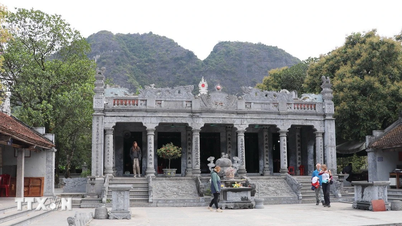
















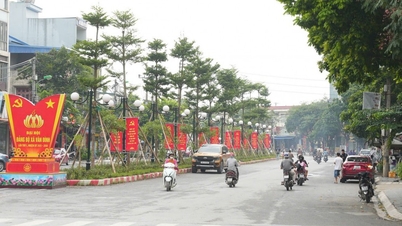








































































Comment (0)